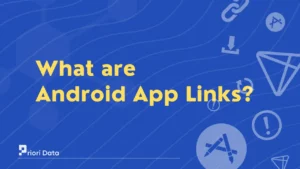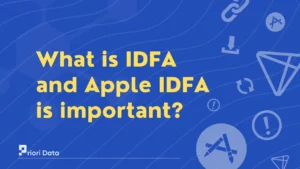Fake installs refer to artificially inflating an app’s install count through illegitimate means. App developers may resort to fake installs to make their app seem more popular than it actually is.
Some common methods used for generating fake installs include:
- Bot installs – Bots or automated scripts are used to download and install the app multiple times. This artificially boosts install numbers.
- Incentivized installs – Services offer rewards like cash, coupons, or points to users for installing an app. The users then uninstall after claiming the reward.
- Ranking manipulation – Third party services use trickery to manipulate rankings and show inflated install figures in the app store.
- IP spoofing – Install requests are faked to seem like they are coming from different devices and IPs even though they originate from a single source.
- Click injection – Ads running on websites and apps insert a hidden click to install the app without user consent.
How do Fake installs work?
The main goal of fake installs is to fool the app store algorithm into thinking an app is more popular than reality. This helps increase rankings, visibility, and consequently, real organic installs.
Here is how fake install operations work:
- A developer signs up with a fake install provider, giving details of their app and the desired number of fake installs.
- The provider uses one or more of the tactics described above to generate the installs. Bots, emulators, hijacked devices, etc. are used to mimic real users.
- The installs mimic real user behavior like clicking buttons or using app features to bypass fraud detection systems.
- Small amounts of installs are generated from thousands of different IP addresses and devices to avoid raising red flags.
- The installs get registered on the app store, incrementing the app’s install count and driving up its ranking.
- Higher rankings lead to increased visibility for the app, resulting in more real, organic installs.
- The cycle continues as the developer pays for more fake install batches to sustain the momentum.
How are Fake installs detected?
App stores and analytics companies use sophisticated fraud detection systems to identify and block fake installs. Some key techniques used include:
- Device pattern analysis – Check for unlikely device configuration patterns like rooted devices, inconsistencies in OS versions, etc.
- Network analysis – Analyze IP addresses to identify suspicious install traffic originating from data centers or known proxies.
- Install attribution – Attribute install sources to detect unlikely referrers or attribution to incentivized channels.
- Behavior analysis – Check for suspicious user actions like minimal app interactions, quick uninstalls, etc.
- Metrics analysis – Detect anomalies in install counts, store ratings, geographic distribution, etc.
- Blacklist monitoring – Monitor install requests against lists of known suspicious IPs, devices, or accounts.
- AI detection – Train machine learning models to identify patterns typical of fake install campaigns.
- Honeypot apps – Deploy dummy apps and analyze traffic to uncover sources of fake installs.
App marketers need to steer clear of fake install tactics as the consequences now include bans, penalties, and even legal action in some cases. Relying on fake installs also provides a false sense of security. Efforts are better focused on building great products that users genuinely love.
F.A.Q
Q1: How do you know if an application is legit?
A1: Look at reviews, ratings, sources, and permissions requested before installing.
Q2: What are fake apps?
A2: Apps that impersonate real apps to steal personal data or serve ads.
Q3: What is install hijacking?
A3: Tricking users into clicking ads to trigger unwanted app installs.
Q4: What are the consequences of downloading fake apps?
A4: Malware infections, data theft, and unwanted charges on bills could be the potential consequences of downloading a fake app.
Q5: How do I find disguised apps?
A5: Look for typos in the app name, developer name, recent launch date, etc.
Q6: What are some suspicious apps?
A6: Apps asking for unnecessary permissions, from unknown developers, or acting glitchy can be classified as suspicious apps.






